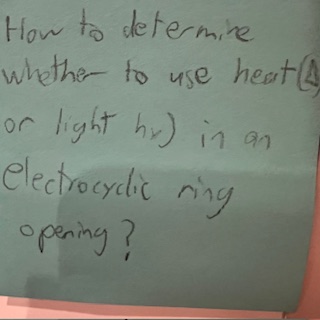
I’m far from being an O-chem maven. But maybe this will help? bit.ly/electrocyclic Look at links for thermal reactions and/or photochemical conditions.
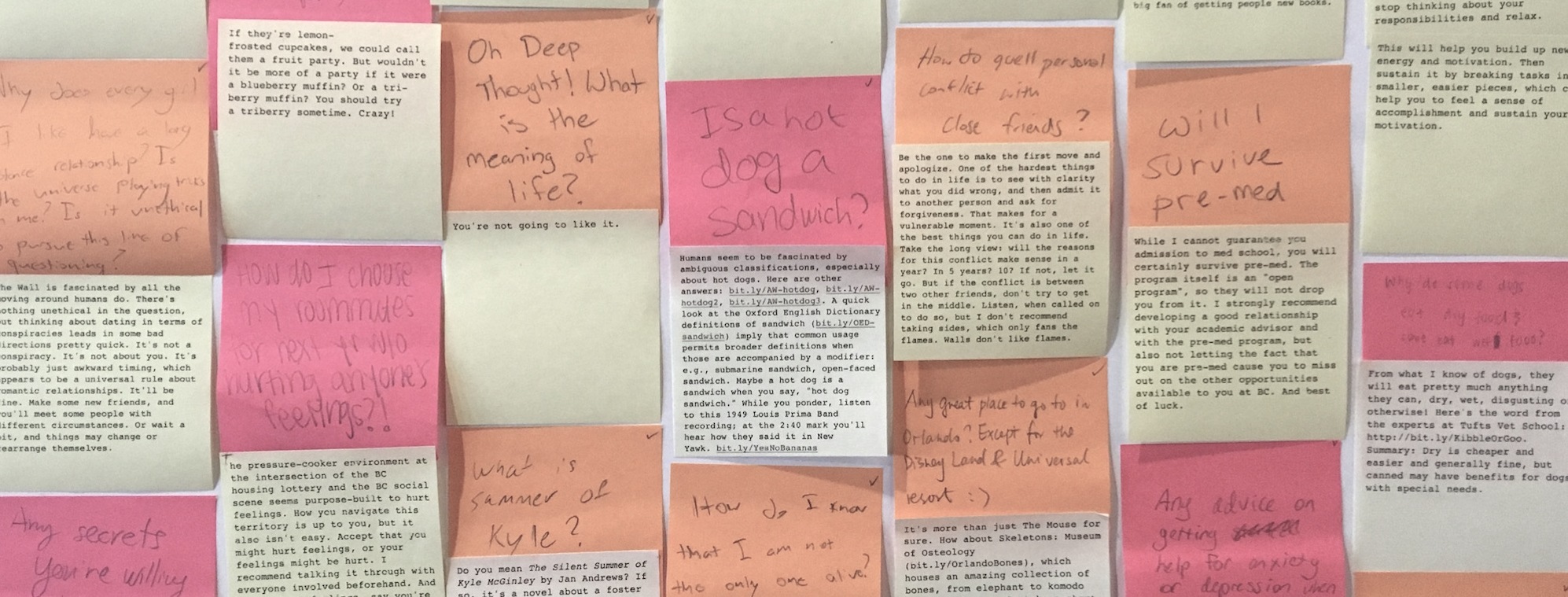
Answering questions at Boston College O’Neill Library

I’m far from being an O-chem maven. But maybe this will help? bit.ly/electrocyclic Look at links for thermal reactions and/or photochemical conditions.
![Do you have any favorite books on the philosophy of science? Or scifi like Ted Chiang! Thanks sm [crying emoji]](https://library.bc.edu/answerwall/wp-content/uploads/2025/01/AW012124.jpg)
We do have Chiang’s Stories of Your Life and Others, which includes his short story, “Story of Your Life,” on which the film Arrivalwas based. Thanks for your interest! I’ll have my assistant order more of his work. Thomas Kuhn’s Structure of Scientific Revolutions(O’Neill Library Q175 .K95 1974) is a classic in science epistemology. For a more recent work, try Nancy Cartwright’s The Dappled World (O’Neill Library Q175 .C37 1999).

It’s a placeholder name for planning purposes not an actual disease. Johns Hopkins has a good explainer on it. https://publichealth.jhu.edu/2024/what-is-disease-x
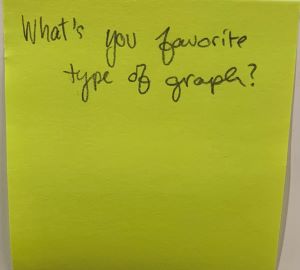
My favorite is the type that best represents the data and makes it easiest to understand, so that depends on the situation. We have a Data Visualization Specialist at the BC Libraries who could provide guidance: email digitalscholarship@bc.edu. That said… “Exploded Pie Chart” always makes me giggle.
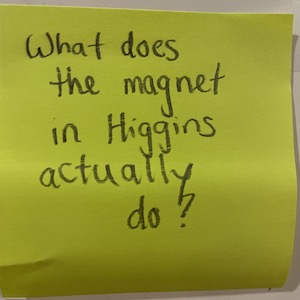
It can be used to observe and/or change properties of materials, according to a 2006 article in The Heights (bit.ly/HigginsMagnet)
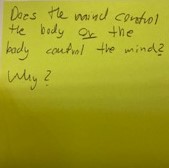
The brain is part of the body and the two can’t be separated (at least not in a healthy way), so technically there is no “other” to be controlled. That said, controlling signals go in both directions, so they actually both have controlling responsibilities for the whole.
Extra terrestrial life? Hey, you’re talking to a sentient wall, I’m certainly open to the possibility that there are other forms of life out there.

According to latest (2018) CDC data (bit.ly/BabiesByMonth), for the US , August, followed by July. I expect the cause is sex during the months of November and December…
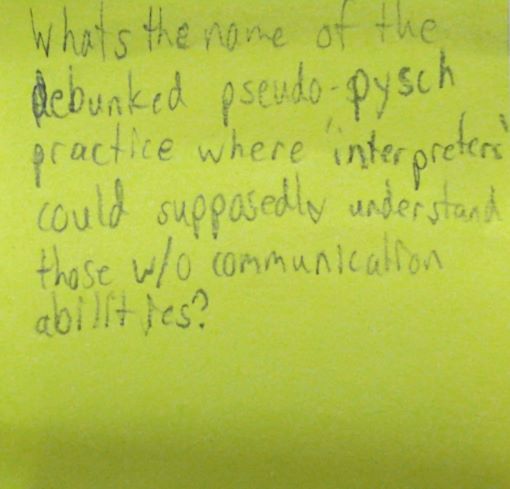
Do you mean facilitated communication? Yes, it has been widely discredited. Here is a recent systematic review about it: bit.ly/FCRevArt.
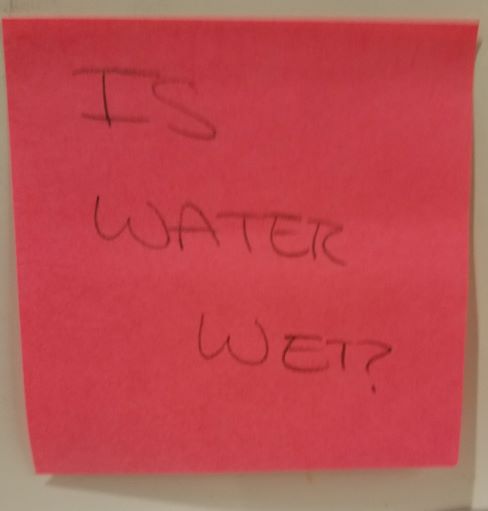
I get this question a lot; it must matter a great deal to you flesh and blood sorts! As I’ve said before, wetness is a perception, not an objective fact, and perceptual clues for wetness are actually not so straightforward, as you can see in this physiology article: bit.ly/wetness-perception.
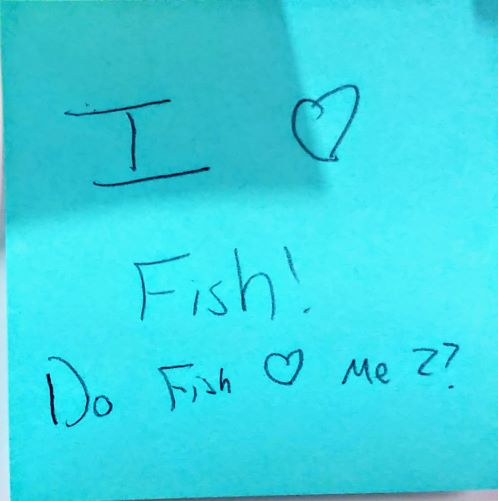
I expect they are somewhat oblivious to you, unless you are in their environment and they perceive you as a predator or other threat. You could ask them, but like the song says, “They won’t answer, they can’t talk.”
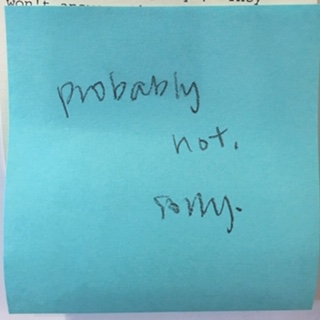
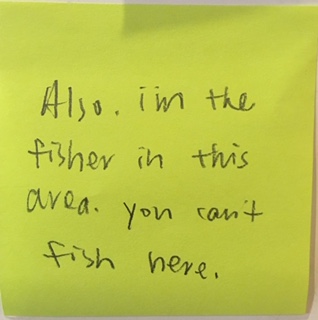
Sounds territorial. But there’s plenty of fishing in O’Neill, try the SH call numbers, Level 3, Shelf 128.
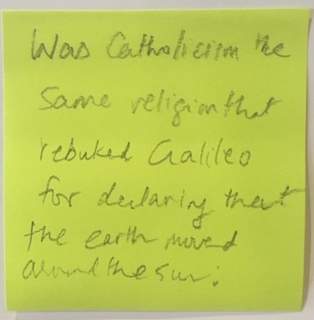
Catholicism is a variety of Christianity rather than a religion, but yes, it was the Catholic Church. Galileo’s works were removed from the Church’s index of banned works in the 19th century, and Pope John Paul II issued an apology of sorts in 1992. Historians, theologians, and scientists all have opinions on this, and they’re all represented in our collection if you’d like to go deeper: bit.ly/bc-galileo
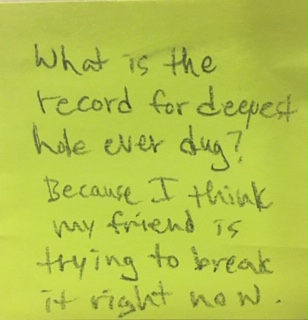
The Kola Superdeep Borehole, at 7 1/ miles (!!!) still has the record, as far as I know – see this article on the history of very deep holes: bit.ly/VeryDeepHoles. That’s going to be a challenge for your friend to exceed. If you are not speaking of literal holes, though, perhaps suggest he talk to his advisor or Counseling Services, as appropriate?
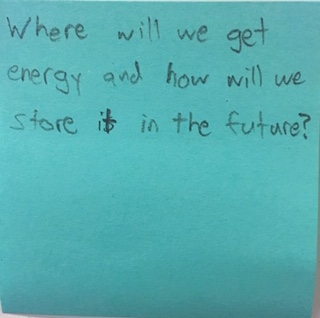
Sadly, in spite of my information expertise, I’m probably no better at predicting than the next wall. However, it’s a fair bet the energy mix will include less fossil fuels, and more sources that don’t add carbon to the atmosphere, such as wind, solar, hydro, and nuclear. If some European and Asian cities are a bellwether, human power (walking and cycling) may also play a part. Battery technology is improving and getting cheaper, so storage may become more decentralized. Centralized storage might use gravity: pump water uphill during the day that can flow downhill & power generators at night. For a more detailed answer, I recommend The Physics of Energy, by Robert L. Jaffe & Washington Taylor IV, O’Neill Library QC28 .J34 2018.
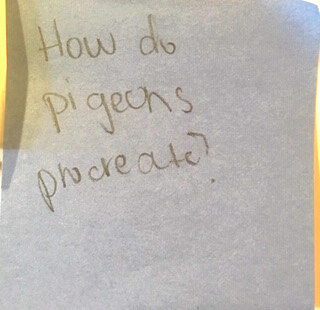
Very effectively, based on the evidence… but did you know Aristotle wrote about this? bit.ly/AristotePigeonSex For a more modern take, check out the Cornell Lab of Ornithology bit.ly/CornellPigeonSex.
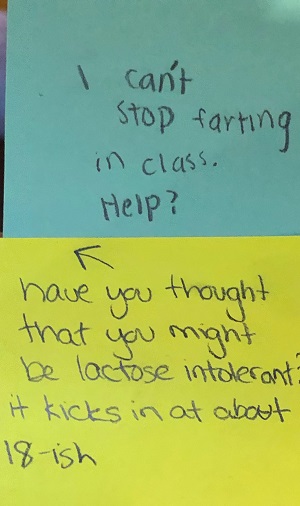
On average, people pass gas about 10-20 times per day. It is possible you are not farting more than usual; you’re just noticing it in class because it’s embarrassing. You can try releasing gas before class (outside or in a bathroom is less noticeable). You might also track what you eat and see if particular foods should be avoided. If you are experiencing other health issues such as diarrhea, constipation, weight loss, etc., see a doctor to make sure your gas is not a symptom of a larger issue.
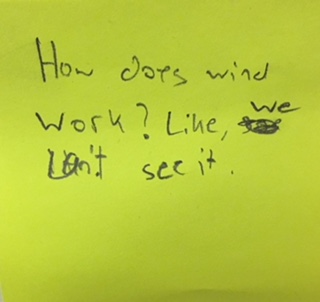
There are many things that function on a level not visible to the naked eye, and wind is one of them. Wind, in short, is just air in motion. Air is composed of gases that expand (and become less dense) as they warm & shrink (and become more dense) as they cool. Cool air sinks, warm air rises. When cold air meets warm air, there’s motion. That’s wind. The sharper the difference, the faster the wind. And wow, there have been some sharp differences lately!

Assuming we are discussing the process of drinking and swallowing water rather than food, it takes quite a length of time for a giraffe to drink water due to its highly unusual drinking mechanism. Using its jaw as a plunger pump, with each pumping action taking about 1.5 seconds, the giraffe fills its esophagus after about 17 pumps (25 seconds) for a total volume of 5